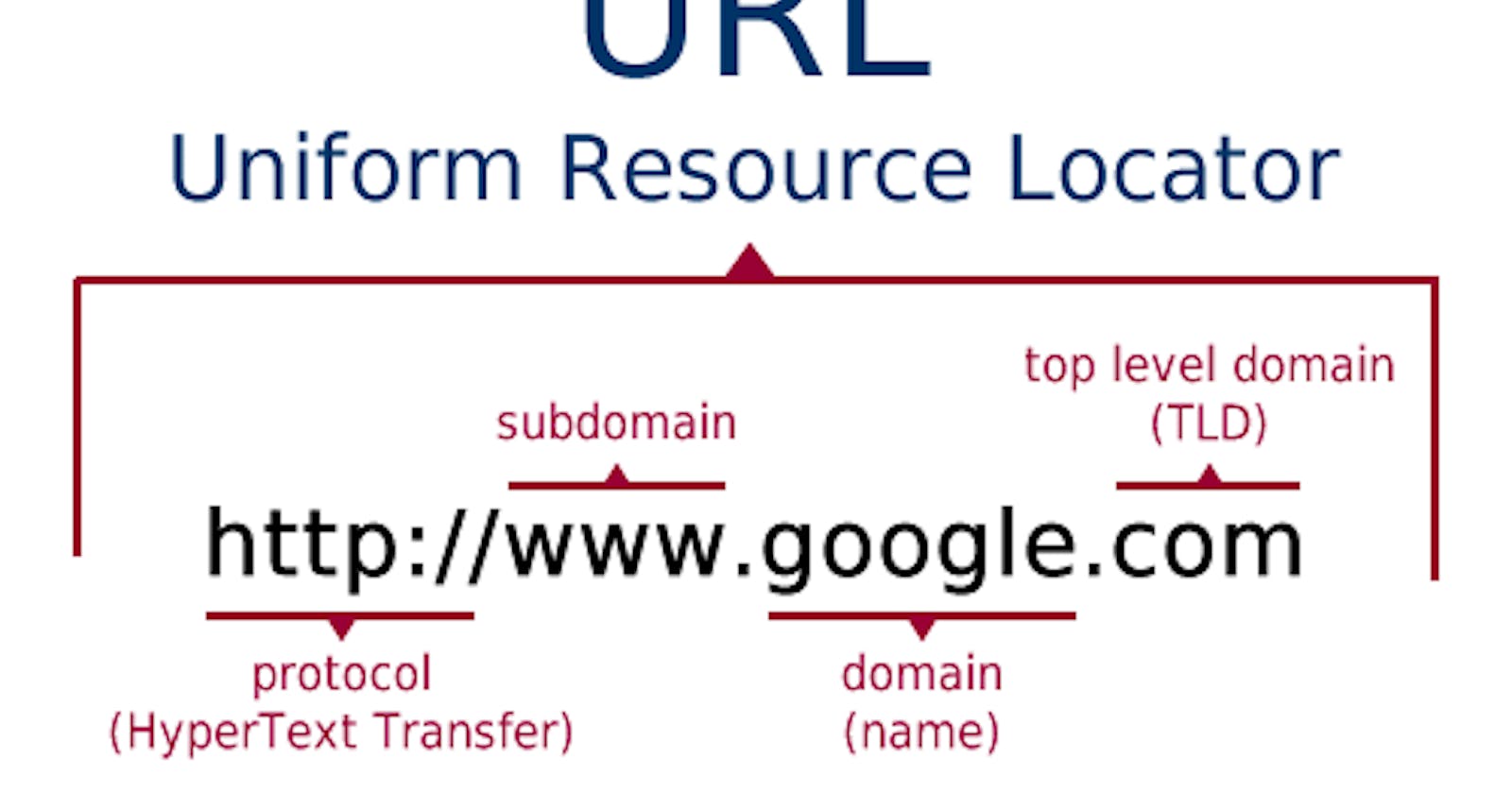Hellooo fellow readers! How are you doing? Have you ever wondered what is domain in URL, how does it work and what is its significance?
So, if you are building a website, one of the toughest and most crucial choices you will have to make involves selecting the ideal website domain name.
What is Domain?
A domain name is a website’s primary URL, the one you type into a browser in order to visit it. In simpler words, a domain name is the site’s address, without which no one would be able to find it.
In other words, a domain name is what goes in between the protocol sign (HTTP://) and the first slash in a URL or web address.
For the URL: google.com , the domain name would be: google.com. This domain is a stand-in that represents the computer or website’s IP address.
Every single device that uses the internet is given an IP address. That IP address is a distinctive identifier of the device that cannot be used by another device simultaneously.
The Domain Name System (DNS)
The Domain Name System functions by converting the domain name into an IP address character set, via a Domain Name System server. This system is situated on millions of servers in the world but acts as a single unified database.
When you type a domain name in your search browser, the browser then communicates with a name server in order to find the IP address that is matched to that name.
If you have not specified a domain extension, that request will go through a server that sorts by the Domain Name System hierarchy, starting with top-level extensions and then moving on down the line. This made the worldwide web infinitely easier to navigate.
Types of domain names
As mentioned, there is a hierarchy within the domain name registry that distinguishes domains from one another.
Top-Level Domains (TLDs)
There are majorly used six top-level domain names. These top-level domains (TLD) became known as domain name extensions and represent the highest level in the Domain Name System hierarchy. They include:
.com: shorthand for commercial, .com was the first top-level domain in common use. While .com was initially created for use by commercial organizations, after some time, .com had become the most popular and commonly used type of top-level domain for businesses, websites, and email.
.net: shorthand for network, .net was created expressly for institutes that work in network technologies such as an internet service provider or an infrastructure company.
.edu: shorthand for education, .edu was made for education institutions. Although it was intended for universities everywhere, the TLD .edu became associated with only educational centers in America. Schools from other countries use .edu in conjunction with their country-level domain, which we will discuss further in next section
.org: shorthand for organization, .org was created for nonprofits. These days .org is used as a top-level domain by nonprofits, for-profit businesses, schools, and communities.
.mil: shorthand for military, .mil was created expressly for U.S. military branches. Now, it is quite common for .mil to use second and third-level domains in conjunction with the .mil TLD.
.gov: shorthand for government, .gov, like .mil, was restricted for American federal governmental agencies and personnel use only. These days .gov is used by governmental agencies, programs, cities, states, towns, counties, and Native American tribes.
Country code top-level domains (ccTLD)
In order to distinguish one country from another, two-letter domains were established and became associated with countries or geographical locations; .in and .ca, for example, represent India and Canada respectively.
Generic top-level domains (gTLD)
They include four sub-categories:
Generic (.com, .net, .org, .info), domains that can be used for general purposes.
Generic restricted (.pro, .biz, .name) domains that can only be used for their specific purposes.
Sponsored (.edu, .gov, .int, .mil, .aero, .cat, .asia, .mobi, .coop, .travel, .tel, .jobs) domains that can only be used by businesses involved specifically with that industry.
Infrastructure (.arpa) which was one of the original top-level domains used to help with the DNS infrastructure.
Second-level domains
Within the DNS hierarchy, second-level domains are domains that follow top-level domains.
For example, in “google.com”, “google” is the second-level domain of the “.com” top-level domain. Quite often, second-level domains are the name of the business or vendor that registered the domain name with a registrar.
On top of these general second-level domains, there are also country code second-level domains (ccSLD). In such cases, the second-level domain will be found to the right of the period; for example, in a domain such as “google.co.in”, the country code top-level domain is “.in” and the ccSLD is “.co”.
Third-level domains
Within the DNS hierarchy, third-level domains naturally follow second-level domains. They can be found to the left of SLD and are often referred to as the subdomain.
Larger companies will often use third-level domains as identifiers that can distinguish between various departments or parts of their site.
Generally, “www” is the most common third-level domain. If a company does use multiple third-level domains, those are generally referring to a specific server within the company.
